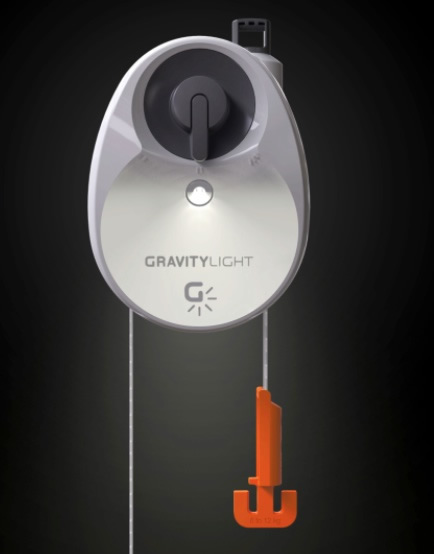Unos científicos de la Universidad de Bristol (UK) están trabajando en un robot auto-sustentable llamado “EcoBot III”, una maquinita que come materia orgánica para generar su propia energía, la digiere, y la elimina como lo haría cualquier organismo vivo.
Parece el sistema de fusión perfecto (el mundo está lleno de materia orgánica), y el principio de una nueva generación de maquinas “ecológicas”, capaces de sobrevivir en un ambiente natural y seguramente en el futuro, autómatas (cómo ya las hay).
La idea de este invento no es nada nueva. A mí por ejemplo me recordó al “Mr. Fusion”, de la película Back to the Future, que es un reactorsito portátil -traído del futuro, claro- que provee energía al De’Lorean del Dr. Brown alimentandose sólo con basura orgánica (una cáscara de plátano, un trago de cerveza y no recuerdo qué más).
Ver esta tecnología realizada y funcionando es increíble. Solo hay un pequeño problema: los humanos también somos seres orgánicos, ¿no? Así que estos robots en teoría podrían comernos (y hasta defecarnos) para subsistir. Eso lleva el asunto totalmente a una cuestión moral, y lo encierra en ella. ¿Realmente queremos crear máquinas inteligentes, capaces de comerse todo lo que hay en nuestro entorno, incluídos nosotros?
Espero que Morpheus (el personaje de la película “The matrix”, 1999) no tenga demasiada razón cuando dice:
“Fate, it seems, is not without a sense of irony”
Today’s robots that fly, jump or roll around must refuel or recharge as does any gadget that runs out of energy. Tomorrow’s new generation of self-sustaining robots might keep going nearly forever by grazing on dead insects, rotting plant matter or even human waste.
The vision of robots capable of plugging themselves into the natural world of living organisms has begun taking shape in several labs around the world, and even NASA has shown renewed interest in powering space robots with microbes. But one British lab has already been building on the work of robotics pioneers to create small “EcoBots” that extract energy from microbial fuel cells since 2002.
“Robots that eat biological fuels could find enough fuel almost anywhere,” said John Greenman, a microbiologist at the Bristol Robotics Laboratory, a joint venture between the University of the West of England and the University of Bristol. “There is organic matter anywhere on Earth — leaves and soil in the forest, or even human waste such as urine and feces”…




